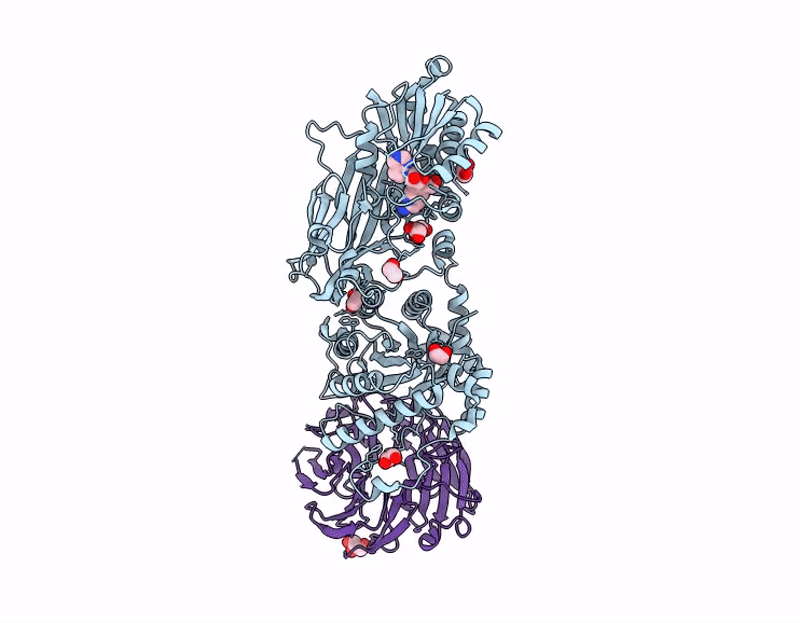
Deposition Date
2025-06-27
Release Date
2025-09-10
Last Version Date
2025-09-10
Method Details:
Experimental Method:
Resolution:
2.20 Å
R-Value Free:
0.26
R-Value Work:
0.22
R-Value Observed:
0.22
Space Group:
I 2 2 2


